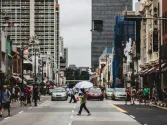Breaking down silos: The key to Hong Kong's urban future
By Jenny ZhangAs Hong Kong faces increasingly complex urban challenges, it is becoming clear that isolated expertise is no longer sufficient.
Hong Kong is not an isolated case of a global metropolis facing acute sustainability challenges. Annual mean temperature increases in Hong Kong in the last three decades have more than doubled compared to historical trends.
Despite warming faster, we are retrofitting existing buildings (90% of which will still be in use in 2050!) at a snail’s pace due to a lack of funding sources and policy direction to generate momentum, and only 5% of our buildings currently meet the highest sustainability standards. We must change course swiftly if Hong Kong is to maintain its status as a thriving and liveable world-class metropolis.
However, like urban development the world over, our experts are almost always working in silos, and silos inherently reduce alignment, innovation and create resistance to change. The result is slow transformation in the sustainability and resilience of our cities.
As Hong Kong faces increasingly complex urban challenges, it is becoming clear that isolated expertise is no longer sufficient, and we need to move beyond treating sustainability, social impact, and economic value as separate challenges.
To address this challenge in urban development: the tendency to remain isolated within professional silos, a recent initiative brought together around 40 participants from diverse fields; including developers, financiers, engineers, designers and academics in Hong Kong.
As a collective, all participants focused on two distinct real sites; Sham Shui Po, one of the city’s densest and poorest districts in much need of urban renewal and historical revitalisation; and San Tin, part of the city’s masterplan for the Northern Metropolis development, a green field site set to become San Tin Technopole, a hub for clustered innovation and technology.
Mixing passionate professionals across expertise is like setting up a chemical reaction experiment. Over two days, engineers and ecologists collaborate on nature-based flood management, developers and community groups finding win-win solutions for urban regeneration, financiers and sustainability experts creating new value-capture mechanisms to incentivise investment, and architects and social scientists designing truly inclusive spaces.
For San Tin, the teams proposed integrating the technology hub with existing wetlands and village life, creating a unique blend of transformation whilst preserving nature and heritage. This would have been impossible without cross-disciplinary collaboration.
For Sham Shui Po, multi-disciplinary teams developed solutions for sustainable urban regeneration that would preserve community character whilst enabling economic growth. The proposals included creative financing mechanisms combined with social preservation strategies.
In the future, I strongly recommend that all significant urban development project planning should require the participation of multi-disciplinary parties – including the public sector to avoid expertise being siloed. We need truly collaborative mindsets that set up interconnected feedback loops across various processes within and between organisations, as well as public education that crosses the traditional professional boundaries so diverse stakeholders can contribute informed feedback.
But can we update the regulatory and industry processes around urban development so that they encourage these integrated solutions?
The ultimate vision of our city is clear and should be aligned between public and private sectors — we want a thriving real estate sector that’s creating value for the people, businesses and the environment it relies on. The business case is clear-cut — integrated thinking towards urban development projects generates more value creation opportunities, whilst also providing a more sophisticated risk management framework.
However, a wide-spread mindset change is urgently needed to connect individual aspirations into collective action, and that is what our convening methodology aims to realise.
By breaking down silos today, we can build the Hong Kong of tomorrow—a vibrant, resilient, and prosperous city that is not only Asia’s premier financial and business hub, but also a human-friendly city that provides community cohesion and distinctive experiences that cannot be replicated elsewhere.

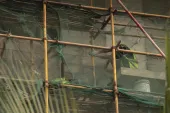







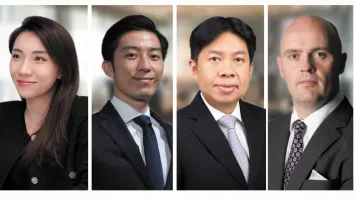






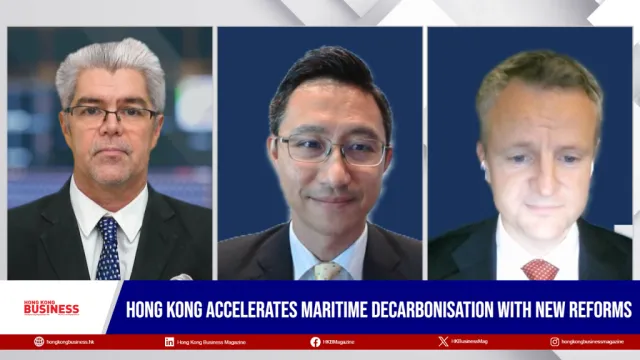


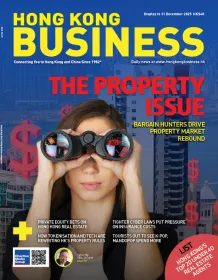
 Advertise
Advertise






